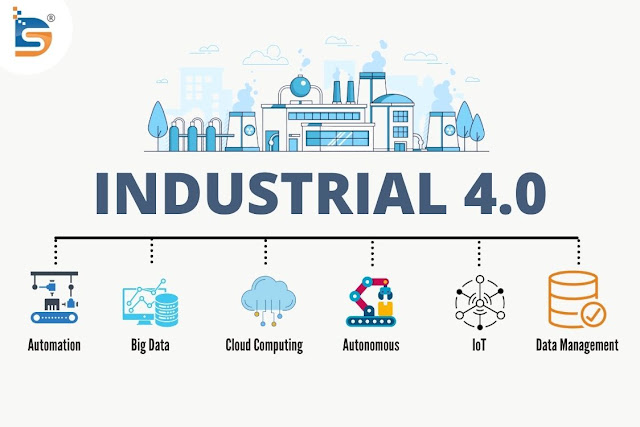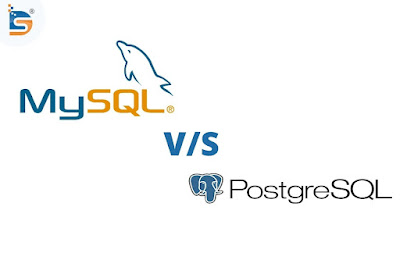Industry 4.0: Integration of Big Data and IoT
When you think of a factory, what images come to mind? How about a fully automated production line? As each generation develops increasingly complex technology, industrial manufacture has consistently been a symbol of development, acting as a sign of the times. In this article, we are discussing the integration of Big Data and IoT into Industry 4.0.
Despite the fact that industrial organizations have been using digital technology to better their processes for years. All phases of an operation have been fully realized with the power of connected sensors, data, and artificial intelligence(AI).
Industry 4.0 was simply a concept ten years ago. Now it’s coming to life with real-world examples and project best practices. It is the convergence of the physical and virtual worlds. The fourth Industrial Revolution employs smart manufacturing like Robotics, autonomous operations, the Internet of Things, Analytics, AI, and convergence of IT.
The ability to analyze enormous volumes of data and the integration of systems and computers have enabled the creation of intelligent machines that can make educated judgments without the need for human intervention.
For many years, the Internet of Things (IoT) has been connecting elements, but the value provided by data through Big Data has taken the concept to a new level: The Internet of Systems.
Big data research, forecasts that predict massive sales, and cutting-edge business ideas are all examples of audacity. The Internet of Things and Industry 4.0 will almost certainly become the most important generators of big data. Creating data is one thing; creating revenue is quite another.
Companies that focus on resolving a specific business challenge are more likely to be successful in deploying big data, AI, IoT, and analytics technologies at scale in Industry 4.0 initiatives. They don’t set their ambitions too high this way.
Integration of Big Data with Industry 4.0
Industry 4.0 uses big data analytics in select sectors, such as smart factories, where sensor data from production machines are analyzed to forecast when maintenance and repair activities will be required.
Industry 4.0 uses big data analytics in select sectors, such as smart factories, where sensor data from production machines are analyzed to forecast when maintenance and repair activities will be required.
Industries require big data analytics in the same way that most other businesses do, but with a specific focus. They collect massive amounts of data from smart sensors via cloud computing and IIoT platforms, allowing them to find trends that help them enhance supply chain management efficiency.
Integration of IoT with Industry 4.0
Internet of Things (IoT) is an important part of Industry 4.0. It has a wide range of applications in the monitoring of manufacturing and service systems. By enabling increased performance, this technology opens up new and inventive industrial opportunities.
The goal is to build an intelligent factory characterized by agility, resource efficiency, ergonomics, and the participation of customers and business partners in business and value processes.
The main advantage of IoT in Industry 4.0 is better decision-making. When machines are linked, the data they generate is transformed into software applications that generate information that management may utilize to make informed and timely choices. Decisions can now be made on the basis of knowledge rather than guesswork, avoiding errors and waste.
To upgrade its manufacturing, the company implemented revolutionary factory synchronization and dynamic scheduling system to improve human and constraint planning. The company can track inventory and integrated technologies by using Radio Frequency Identification.




Comments
Post a Comment